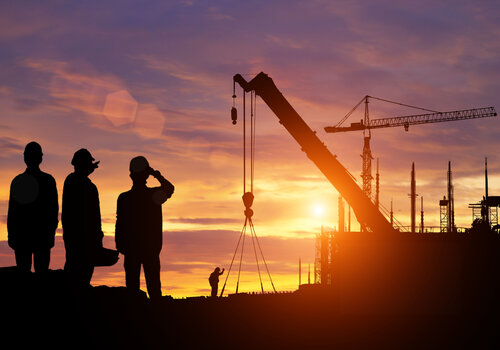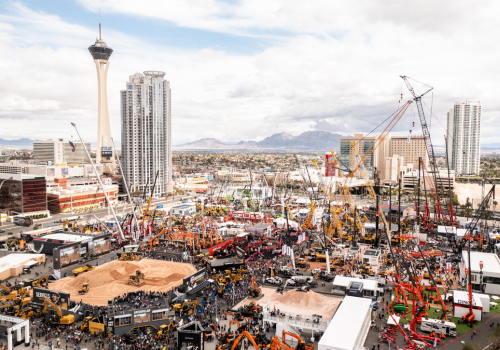Falls remain the leading causes of death and serious injury in the construction industry. As we approach World Day for Safety and Health at Work on April 28, now is the time for contractors to assess fall protection strategies and invest in the tools, training and standards that keep workers safe.
WORLD DAY FOR SAFETY AND HEALTH AT WORK 2025
This global observance, led by the International Labour Organization (ILO), aims to foster a culture of safety in workplaces worldwide. The theme for 2025 is Revolutionizing health and safety: the role of AI and digitalization at work. The 2025 event focuses on how digital technologies are transforming occupational safety and health (OSH). The campaign examines the impact of automation, smart OSH tools, monitoring systems, extended and virtual reality, and algorithmic management on workplace safety. It also addresses the evolving nature of work arrangements, such as telework and digital labor platforms. For more information and to access materials, visit the ILO's World Day for Safety and Health at Work 2025 page.
WHY FALL PROTECTION MATTERS
The Bureau of Labor Statistics’ show that falls account for more than 39% of all construction fatalities. Falls are the leading cause of fatalities in the construction industry, according to OSHA, which has developed Fatal Four training lessons for falls. Many of these incidents are preventable with the right planning and precautions. Effective fall protection systems not only save lives but can also improve project timelines, reduce insurance premiums and bolster workforce morale.
THE THREE PILLARS OF FALL SAFETY: EQUIPMENT, TRAINING AND COMPLIANCE
1. Fall Protection Equipment: Getting the Gear Right
Choosing the correct equipment depends on the jobsite and tasks at hand. Fall protection gear generally falls into three categories:
• Personal Fall Arrest Systems (PFAS)
• Guardrail Systems
• Safety Net Systems
Pro Tip: All fall protection equipment must be inspected regularly and removed from service if any signs of wear, damage or defects are found. Scaffolding is a critical component of many construction projects but violations are among the most frequently cited safety issues in construction.
2. Training: Empowering Workers with Knowledge
Proper training is the backbone of an effective fall protection program. OSHA requires that all workers exposed to fall hazards receive training from a competent person. Training should be hands-on, refreshed annually and adapted to different literacy levels and languages. The National Campaign to Prevent Falls in Construction has numerous training available organized as Toolbox talks around different scenarios.
Pro Tip: Keep training logs updated and conduct random on-site spot checks to ensure compliance.
3. Standards and Compliance: Keeping Up with Regulations
U.S. contractors must comply with OSHA’s fall protection standards and any state level plans, which can be more strict.
Every construction company should develop a written Fall Protection Plan that includes:
• Site-specific fall hazards and protection methods
• Required equipment and inspection protocols
• Worker training and emergency rescue procedures
• Responsibilities for safety personnel and supervisors
Bonus Tip: Use job hazard analyses (JHAs) to identify fall risks before work begins and involve workers in identifying practical safety solutions.
TECHNOLOGICAL INNOVATIONS ENHANCING FALL PROTECTION
The integration of advanced technologies is revolutionizing fall protection strategies, as shown in this year’s theme for World Day for Safety and Health at Work. Wearable safety devices like smart helmets and vests equipped with sensors monitor vital signs and environmental conditions, alerting supervisors to potential fall hazards in real-time. Augmented Reality (AR) and Virtual Reality (VR) are being utilized for safety inspections, enabling workers to detect fall hazards effectively and ensure compliance with safety protocols. And Artificial Intelligence (AI) provides risk assessment tools to analyze data and predict potential fall risks, enhancing proactive safety measures.
LEADING WITH SAFETY ON WORLD DAY AND BEYOND
The World Day for Safety and Health at Work isn’t just symbolic—it’s a strategic opportunity to audit your current fall protection program, inspect equipment and renew your team's training. Post reminders in job trailers, share stories of fall incidents and near-misses, and encourage open dialogue among crews.












